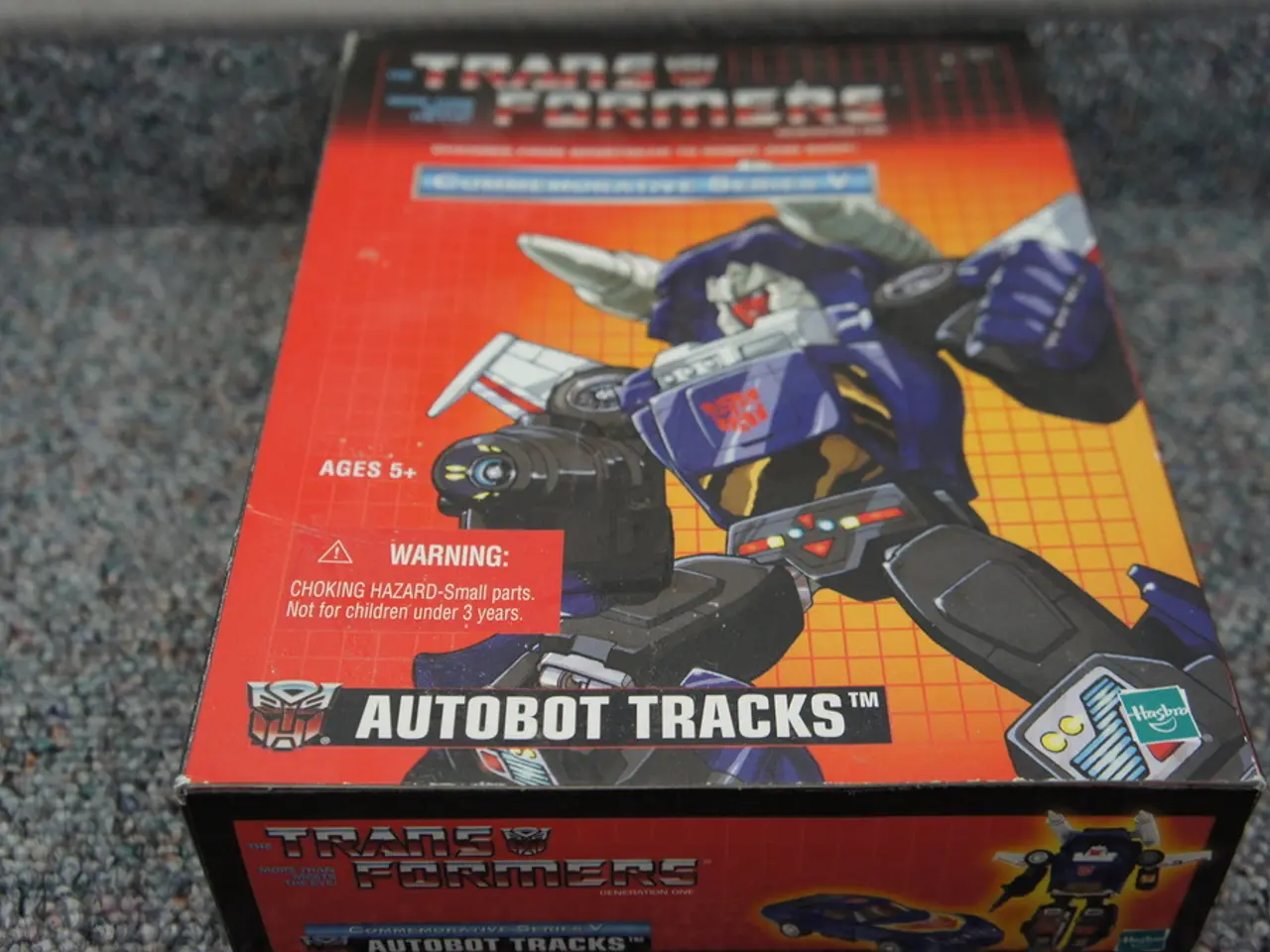Utilizing Artificial Intelligence Smarterly Hinges on Comprehending the Tools First, followed by Tactical Application
Industrial Data Fabrics, a technology stack that enables the deployment of the right tool for the right job seamlessly, is revolutionizing the industrial sector. Forward-thinking organizations are recognizing the need to apply specific AI tools and data science techniques for each specific use case.
The core components of the industrial AI toolbox include Predictive Machine Learning, Optimization Algorithms, Computer Vision, and Traditional Natural Language Processing. These tools are specialized for industrial problem-solving with a focus on precision, structured data, and operational tasks.
Predictive Machine Learning
Algorithms like Random Forest and Gradient Boosting analyze structured, numerical data to forecast events such as equipment failures, detect anomalies, and optimize demand forecasting. This deterministic and highly precise method is widely used in predictive maintenance and supply chain optimization.
Optimization Algorithms
Mathematical engines such as linear programming and genetic algorithms solve complex scheduling and logistics problems to find the most efficient production plans or transportation routes.
Computer Vision
Deep learning techniques like Convolutional Neural Networks (CNNs) are deployed for automated quality inspections, safety monitoring, and precise measurements on production lines with high speed and accuracy.
Traditional Natural Language Processing
Methods predating generative AI have been used for years to analyze unstructured text data such as maintenance logs and incident reports to uncover patterns and trends.
Generative AI: A Game Changer
Generative AI, a fundamentally different type of tool focused on creation and conversation, excels at generating new content (text, code, reports) and acting as a natural language interface to industrial systems. It complements but does not replace the traditional industrial AI toolbox components. Generative AI is powerful for summarizing complex information, generating textual or code outputs, and assisting with interactive queries, rather than performing deterministic predictions or optimizations on numeric data.
The misuse of generative AI can be ineffective or dangerous. For example, asking a general-purpose large language model to predict a precise failure point on a critical asset is a misuse of the technology due to its statistical, probabilistic nature.
In forthcoming articles, we will explore the specific pros and cons of Generative AI in the factory and discuss how a new class of "AI Agents" will act as the master conductor, allowing us to finally harness the collective power of this entire orchestra.
[1] This distinction emphasizes that industrial AI toolbox components are problem-specific analytical tools in manufacturing and operations, while generative AI offers new creative and interactive capabilities that augment these traditional tools rather than replacing them.
Artificial Intelligence (AI), specifically Generative AI, is a game-changer in the industrial sector, offering new creative and interactive capabilities beyond the traditional AI toolbox. Unlike tools like Predictive Machine Learning, Optimization Algorithms, Computer Vision, and Traditional Natural Language Processing, which are problem-specific analytical tools in manufacturing and operations, Generative AI excels at generating new content and acting as a natural language interface to industrial systems.




